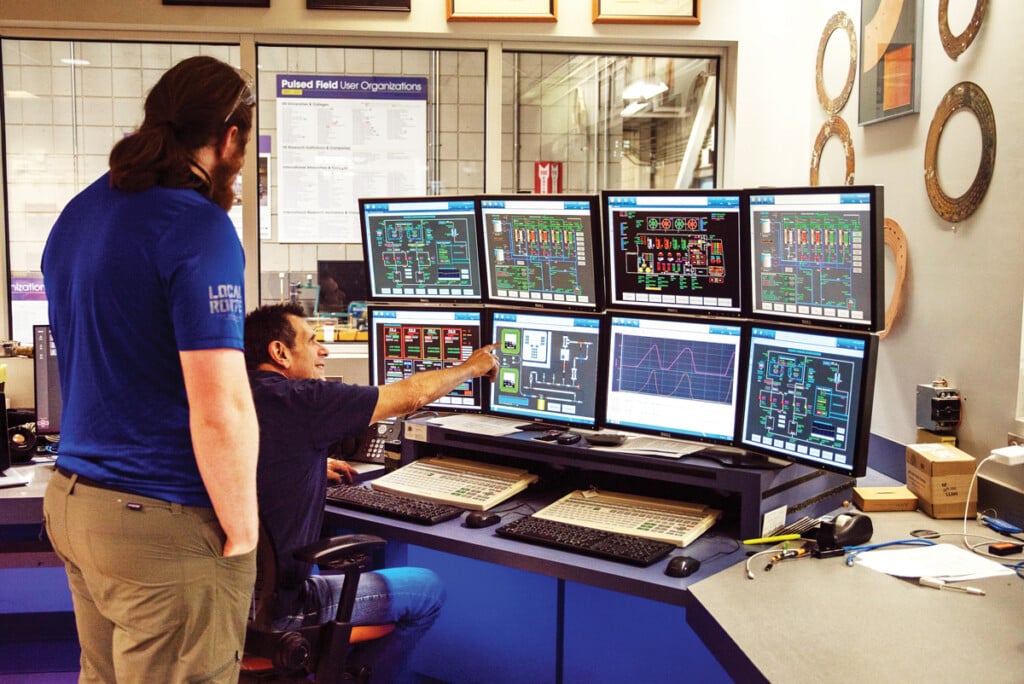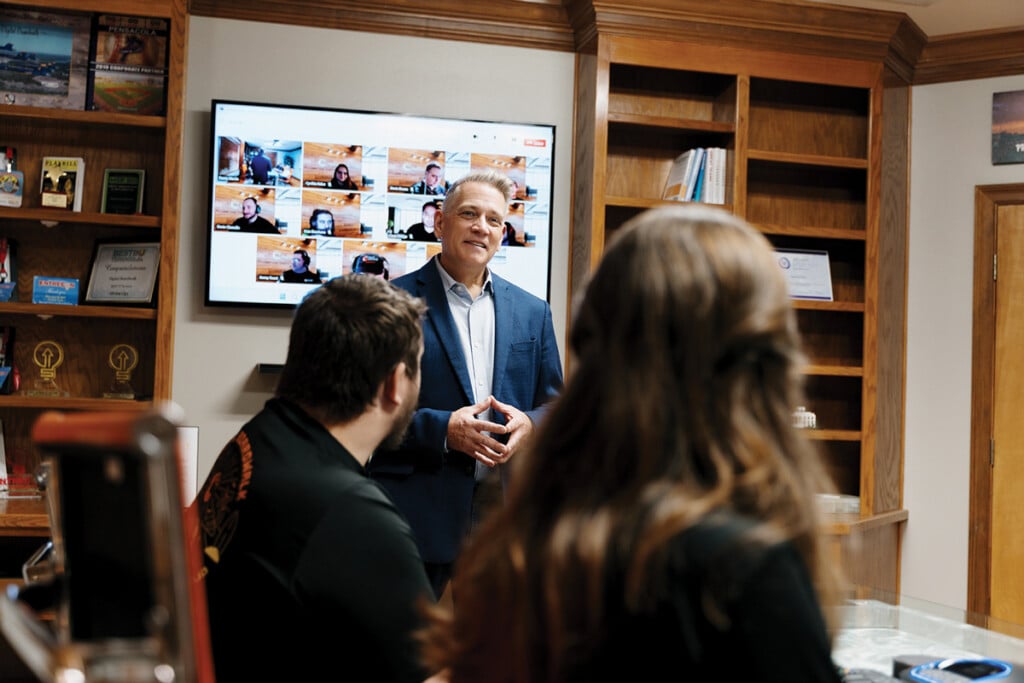AI is Taking Over
At the MagLab, algorithms are lessening downtime

Artificial Intelligence is seeping into industries from visual arts and journalism to computer programming and research. Soon, stories found in magazines may require a label—“Created by a Human”—to let readers know the copy they are consuming is not computer generated.
As companies like OpenAI bring artificial intelligence into the mainstream, many may begin to wonder if Skynet, a superintelligent, sentient computer system bent on global domination, is right around the corner. Whether or not the robot uprising is nigh might still be up for debate, but there is no escaping the pervasiveness of machine learning and AI in our society.
In the 3rd century B.C., the Egyptians invented the water clock, which is likely the first feedback control system on record. The first “closed-loop” automatic control system was invented in 1624 by Cornelis Drebbel, who designed a mercury thermostat to regulate the temperature of a chicken incubator by controlling a furnace.
Inventors have iterated these designs, improving functionality with each step. Almost 400 years later, home temperatures can be adjusted from the other side of the planet with a signal sent from a handheld smartphone.
Humanity is pressing ever forward, seeing to the automation of monotonous tasks like laundering clothes, washing dishes and mowing the lawn. Few stop to consider these wonders or the generations of thinkers required to create such marvels.
In business, time is money. Capitalism demands efficiency, driving innovation inexorably toward an automation boom. Scarcity necessitates speed and accuracy to preserve resources. For Julia Smith, PhD, a scientist at the National High Magnetic Field Laboratory, or the MagLab, extra time is never a luxury.
“We try to maximize the time that we can give to our users,” who travel from all over the world to conduct research at the MagLab, Smith explained. “So everything has to work when they come.”
The largest and highest powered magnet lab in the world is available to researchers for free, provided they can book highly coveted and sought-after timeslots. Bookings can take years to align and can be further complicated by failures in equipment, some of which was developed at the MagLab and only exists at its facilities.
“With limited resources in time, money and personnel, we have to find clever ways to go about things,” Smith said.
The MagLab employs diagnostic equipment to monitor potential points of failure, but much like analog traffic cameras, these were traditionally only used when a mishap occurred. By the time the lab realized something was wrong, the accident had already occurred. Recording equipment is useful for establishing fault; however, much like the crunched vehicles blocking a major intersection, the damage has already been done.
This is where artificial intelligence comes to the rescue. No, there is no
iRobot in her lab. Smith and her team do not deploy repair-bots around the lab to fix faulty equipment. That level of science fiction has yet to become reality. The use of machine learning is less obvious than it is in film, but the uses provide incalculable value to researchers.
“We record signals while we work,” Smith said. While traditionally data on magnetic health can be pulled manually for analysis, real-time analysis is occurring behind the scenes, Smith explained, adding, “This is where machine learning and algorithms come in for us.”
Magnetic health is monitored with Time-Series Forecasting. Test ramps are generated for coils using increased current in resistive magnets. Thresholds for acceptable limits are established using second order polynomial fits with coil resistance as a function of the current. Expected resistance can be established for coils and used to measure deviations in a time-series representation, allowing faculty at the MagLab to predict when coils might need to be replaced ahead of failures.
Their very clever machine-learning algorithm generates a seven-day deviation forecast, then messages Smith and her colleagues on Slack, enabling “proactive coil performance monitoring” for eight different magnets at the MagLab.
Another problem area where machine learning assists Smith’s team is Concept Drift Detection, “which is an abrupt or gradual change in the underlying distribution of a target variable and can be a sign of abnormal environmental changes or faults in an industrial process.”
Data mining research at the facility is focusing on specific parameters affecting system performance of the magnets, such as component aging or gradual deterioration. To solve this problem, the MagLab implemented the Page-Hinkley Algorithm to identify bore-tube failures. This test provides four to six weeks of notice before a system failure, allowing for planned maintenance with minimal disruption to experimentation.
Additional AI systems in the works are being developed to model seasonal patterns in coil resistance deviation trends, as well as to detect hazardous equipment conditions through analysis of ultrasonic recordings.
The algorithms are self-correcting, fully automated, and capable of communicating their findings to researchers. Although revolutionary, they are far from sentient and still heavily dependent upon humans to be utilized, maintained, or have any value.
However, in terms of saving time and resources for innovative researchers at the MagLab, AI systems are taking over.

